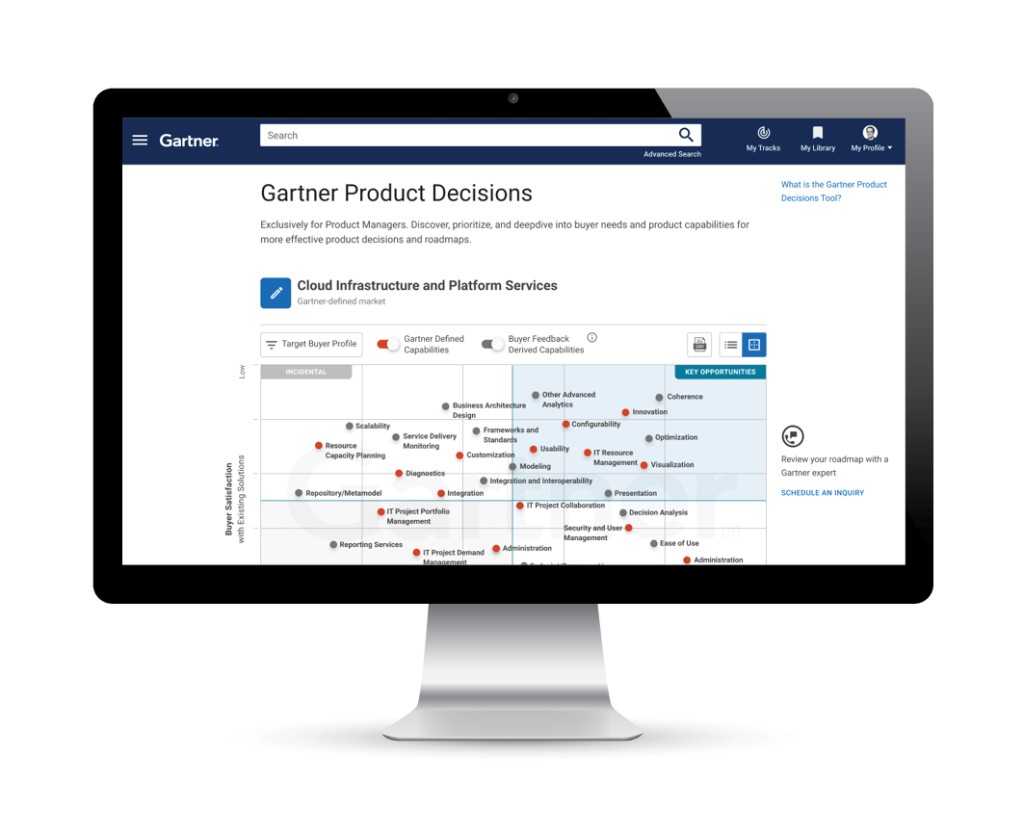You’d think after years of development and trial-by-fire of COVID-19, vendors will have refined their solutions. Alas, this remains wishful thinking.
Workplace integration and workstream collaboration (WSC) in virtual meeting solutions are key capabilities for technology buyers when building out their hybrid workplaces, but both capabilities currently rank low in buyer satisfaction.


“The Gartner Product Decisions tool shows that buyers think there is an opportunity for improvement in workplace integration and WSC capabilities,” said Brian Doherty, senior research director at Gartner.
He added that by making focused investments in these capabilities product managers can improve the customer experience in areas considered to be of high importance, as well as positively differentiate from competitors’ implementations.
The use of meeting solutions surged during the Covid-19 pandemic. In a Gartner survey of 10,080 full-time employees from November through December 2020, workers said they were spending 41% of their meeting time using audio and video-enabled meeting solutions, up from 19% in 2019. This trend will remain as enterprises continue to implement a hybrid workplace.
Gartner predicts that by 2025, 50% of all enterprise virtual events will be held on the video meetings platform commonly used by their organization every day.
“This provides the opportunity for product managers to focus on improving the key capabilities of WSC and workplace integration to deliver a more frictionless user experience (UX) in meeting solutions moving forward,” said Doherty.
Workstream collaboration
WSC creates a persistent, shared conversational workspace that assists teams with initiating, organizing and completing work.
Integrating WSC with meeting solutions provides the ability to start conversations using team-based messaging and then escalate to live meeting experiences when needed and have in-meeting chat continued so the conversation can continue after the meeting or be retained for recurring meetings.
According to the Gartner Product Decisions tool, buyers criticized both lacklustre WSC offerings from meeting solutions vendors themselves and poor integration with WSC market leaders, both in terms of feature set and bugginess.
For meeting solution vendors that have not established significant market share in WSC, buyers expressed a clear preference for strong and reliable integration with market leaders.
Gartner recommends that product managers for meeting solutions that are not WSC leaders focus on building out the core use cases of one-click calendar integration and easy access to WSC chat and files in the meeting and ensure the most seamless integration experience that the WSC vendor will allow.
Workspace integration
Workspace integration is support for hardware endpoints to enable shared meeting experiences, such as traditional group video codecs, lower-cost video appliances and digital whiteboards.
In the new hybrid workplace proper enablement for both traditional conference rooms and more novel meeting spaces, such as huddle rooms and open collaboration areas, is essential.
These will be used to draw employees back into the office and provide collaboration equity for employees joining meetings from home.
Technology buyers identified the lack of third-party hardware choices, difficulties with support and documentation while setting up room hardware and failure to interoperate room solutions with third-party applications as the three biggest areas of discontent.
Product managers for meeting solutions should work closely with hardware vendors to tackle usability concerns and closely study room-oriented use cases that involve third-party applications to both enable them and streamline user experiences.
Today’s room solutions generally involve one or two displays, but future use cases are likely to require two displays at a minimum — one for video and one for content — and perhaps more.





